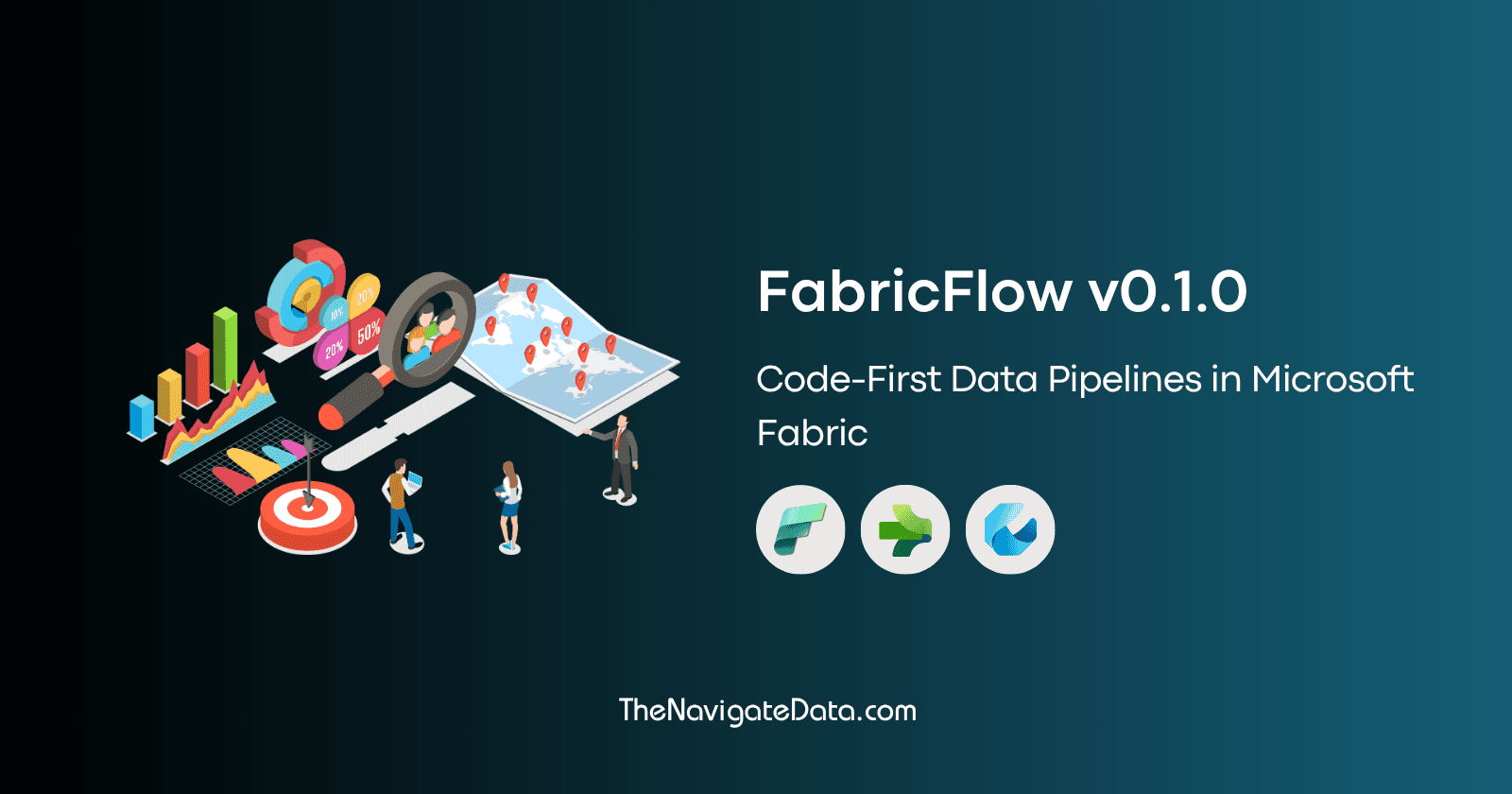
Introducing FabricFlow: Code-First Data Pipelines in Microsoft Fabric
It’s been a while since my last post — I’ve been heads-down working on a few personal projects. One of them is finally ready to share: FabricFlow v0.1.0. I have been working with Microsoft Fabric since the day it launched. It has changed significantl...
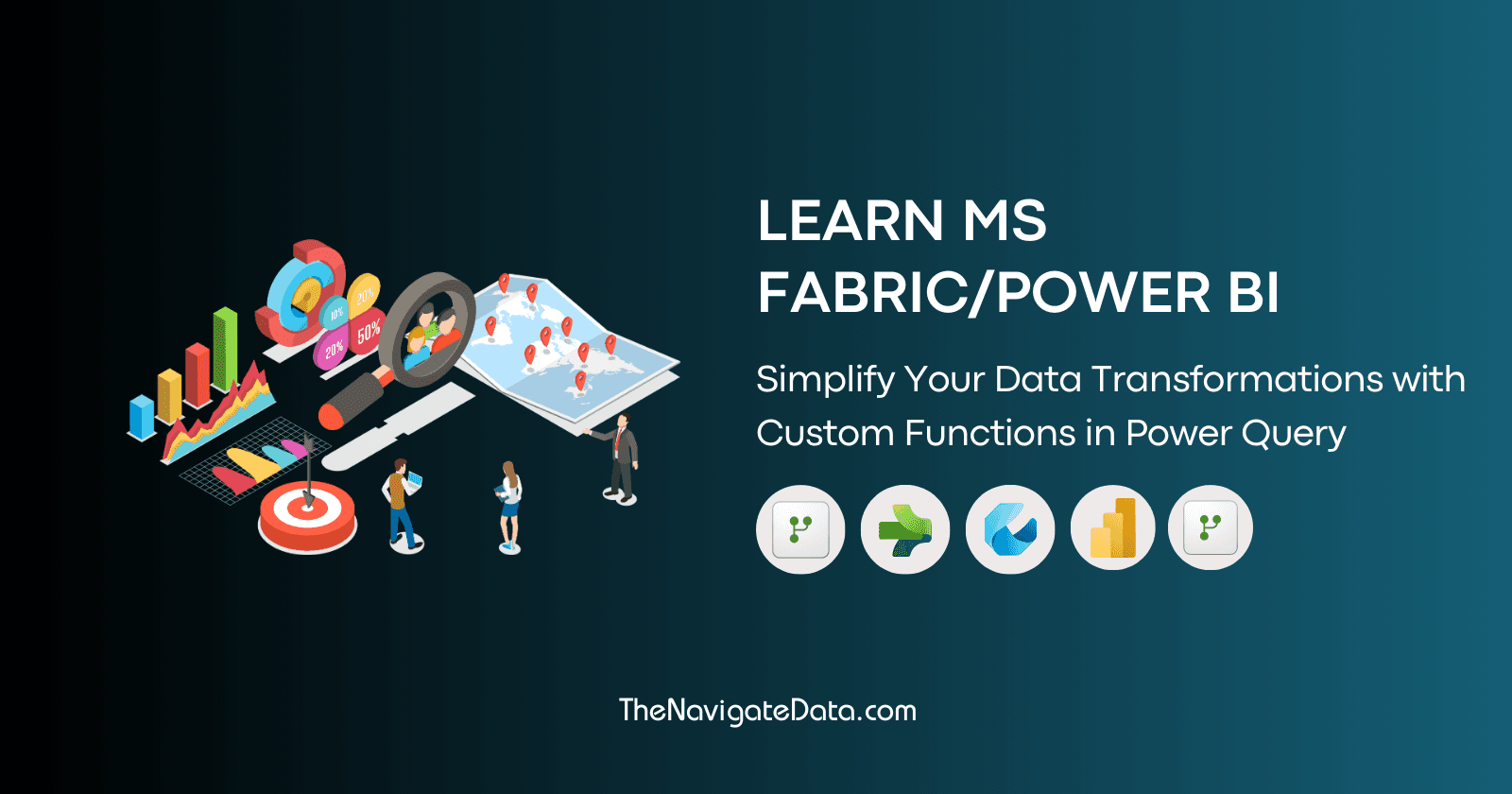
Avoid Repetitive Steps in MS Fabric Dataflow Gen2 with Custom Functions
While working with Dataflow Gen2 or Power BI, If you keep finding yourself needing to apply the same transformations to different queries or values, making a custom function in Power Query can save you loads of time. It's like using SQL functions to ...
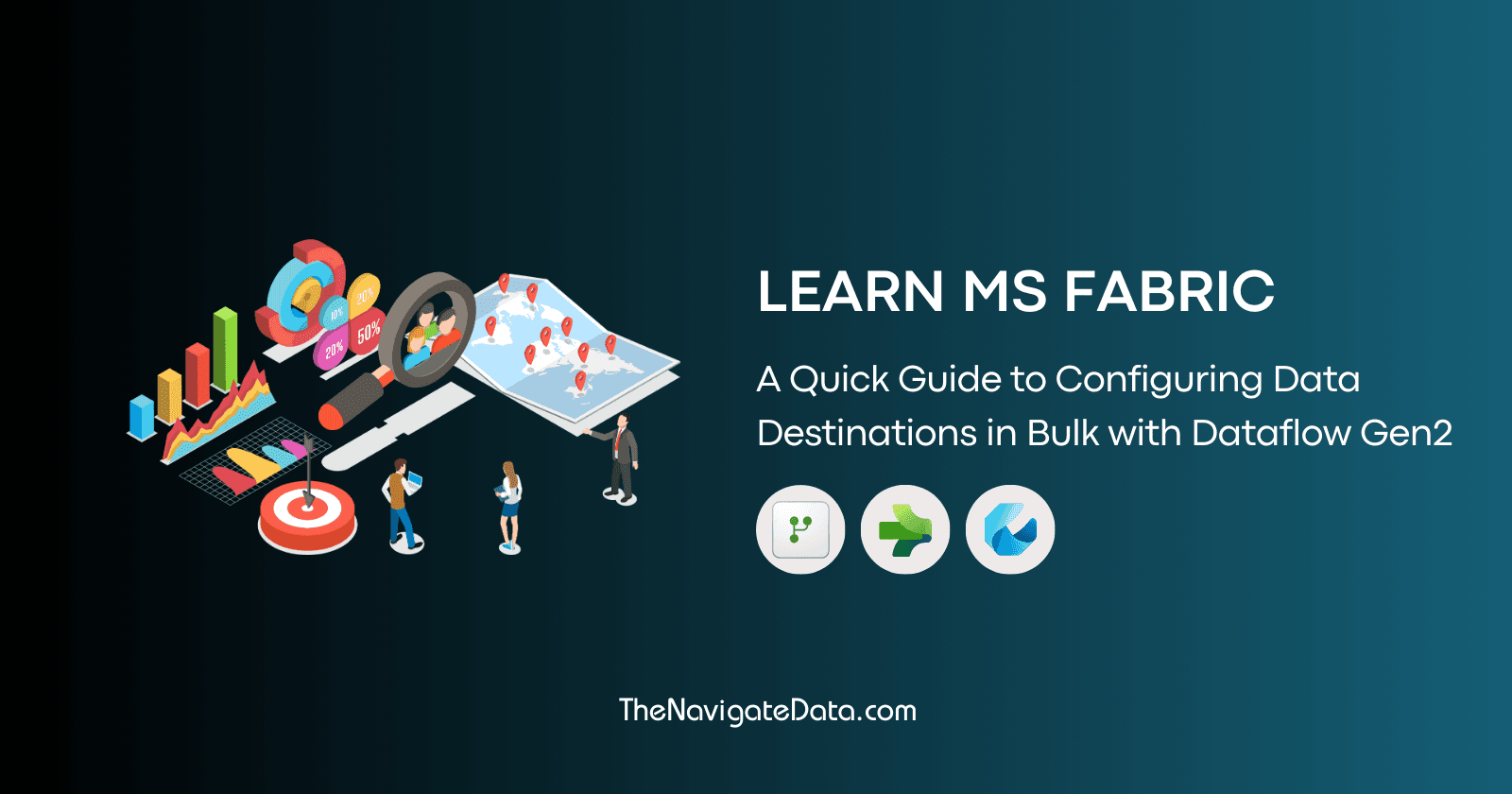
A Quick Guide to Configuring Data Destinations in Bulk with MS Fabric Dataflow Gen2
In this blog post, we'll dive into how you can hook up Dataflows to different data sources, use Dataflow Gen2 for data transformations, and manage data destinations across various Microsoft Fabric services. What is Dataflow Gen2? Dataflow Gen2 is the...
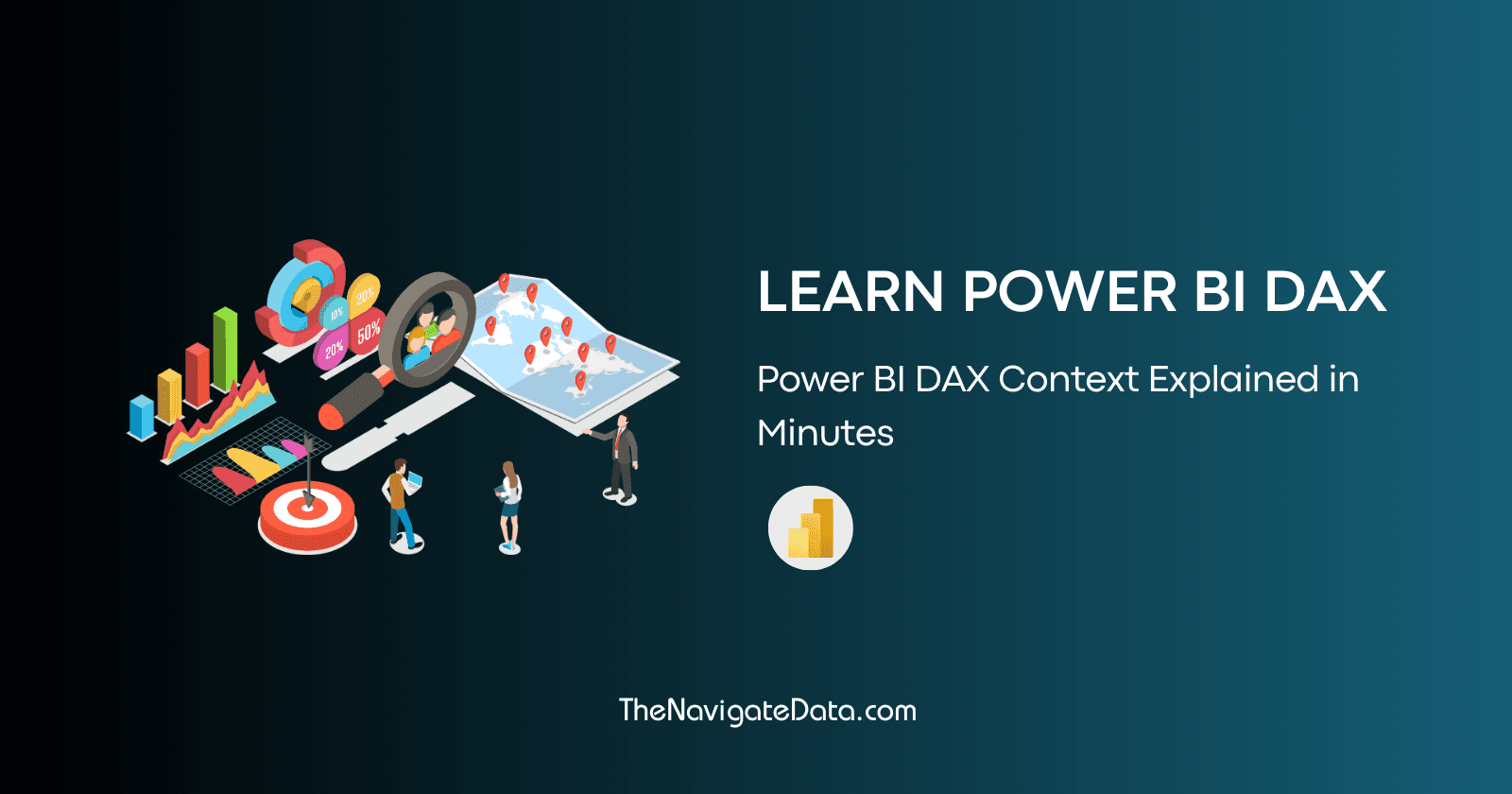
Power BI DAX : Context Explained in Minutes
In Power BI DAX, context is all about the environment that affects how a formula is calculated. It decides which subset of data is used for the calculation and lets you do dynamic analysis based on what users do. There are two main types of context i...
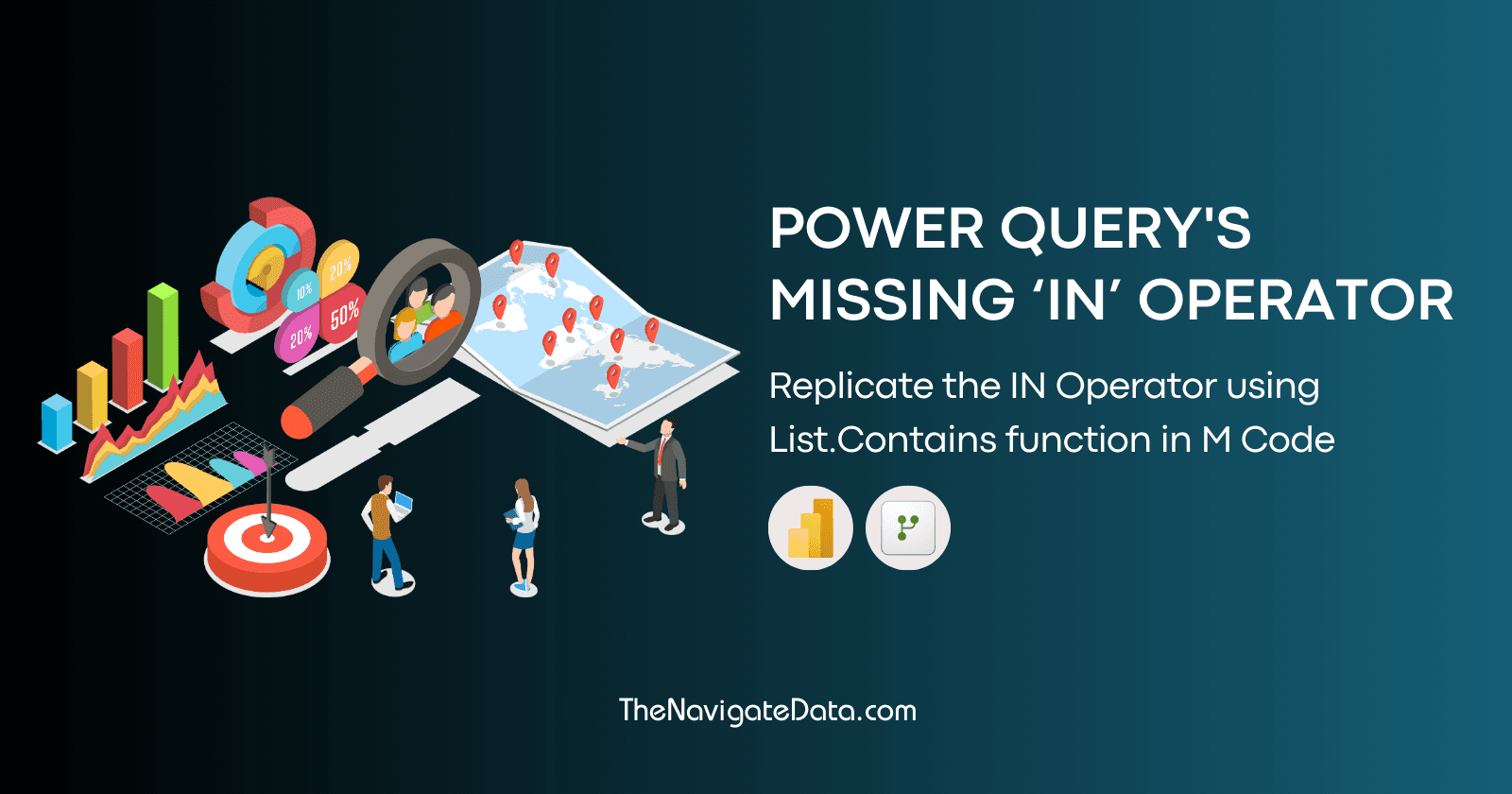
Power Query's Missing IN Operator
The IN operator is a common feature in programming languages, allowing users to check if a value exists within a specified list. While Power Query M doesn't have a built-in IN operator, we can still achieve the same functionality using alternative me...
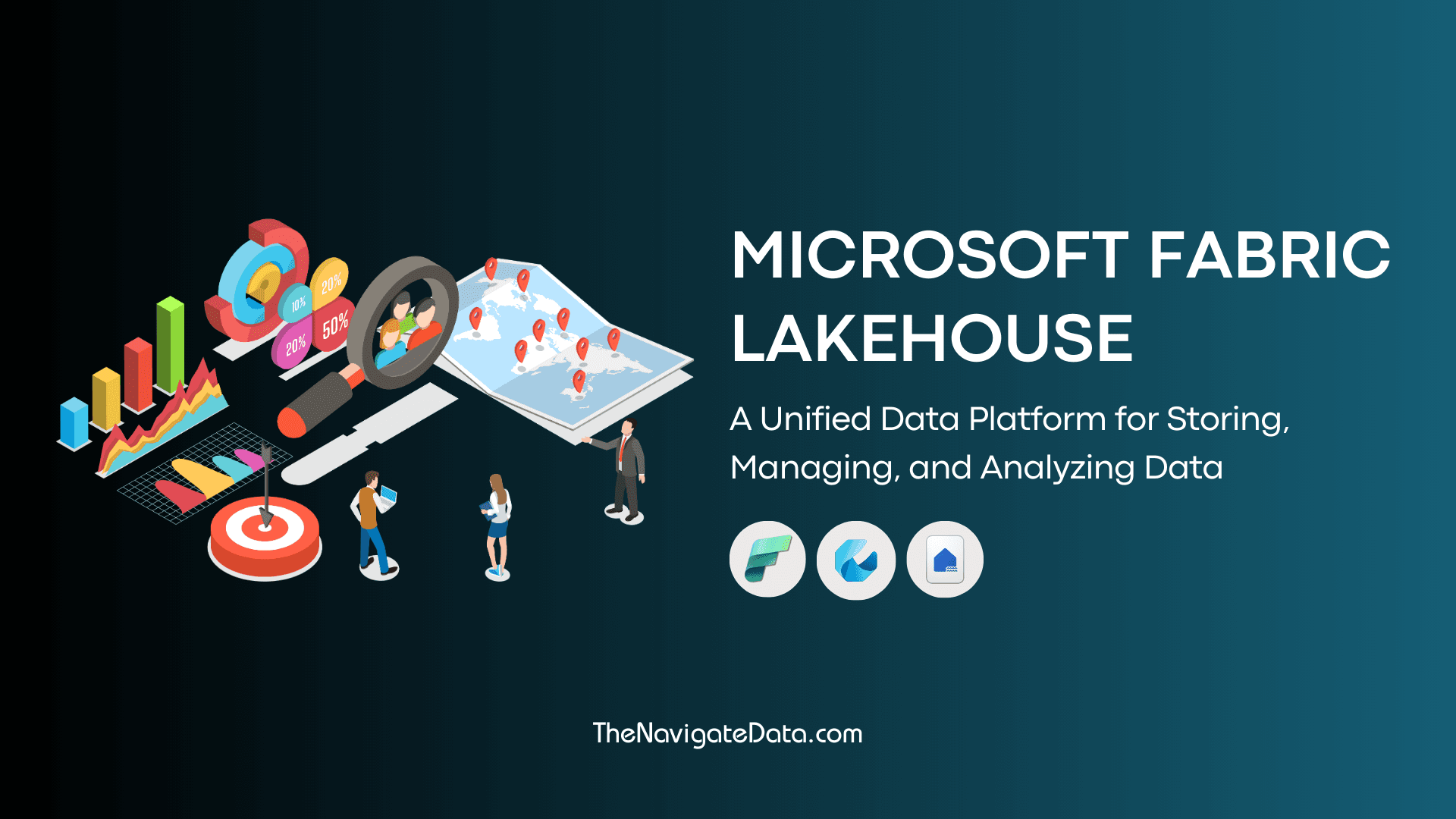
Microsoft Fabric Lakehouse
What is Microsoft Fabric Lakehouse? In today's data-driven world, organizations are working with vast amounts of structured and unstructured data. Microsoft Fabric Lakehouse emerges as a comprehensive data architecture platform that seamlessly integr...
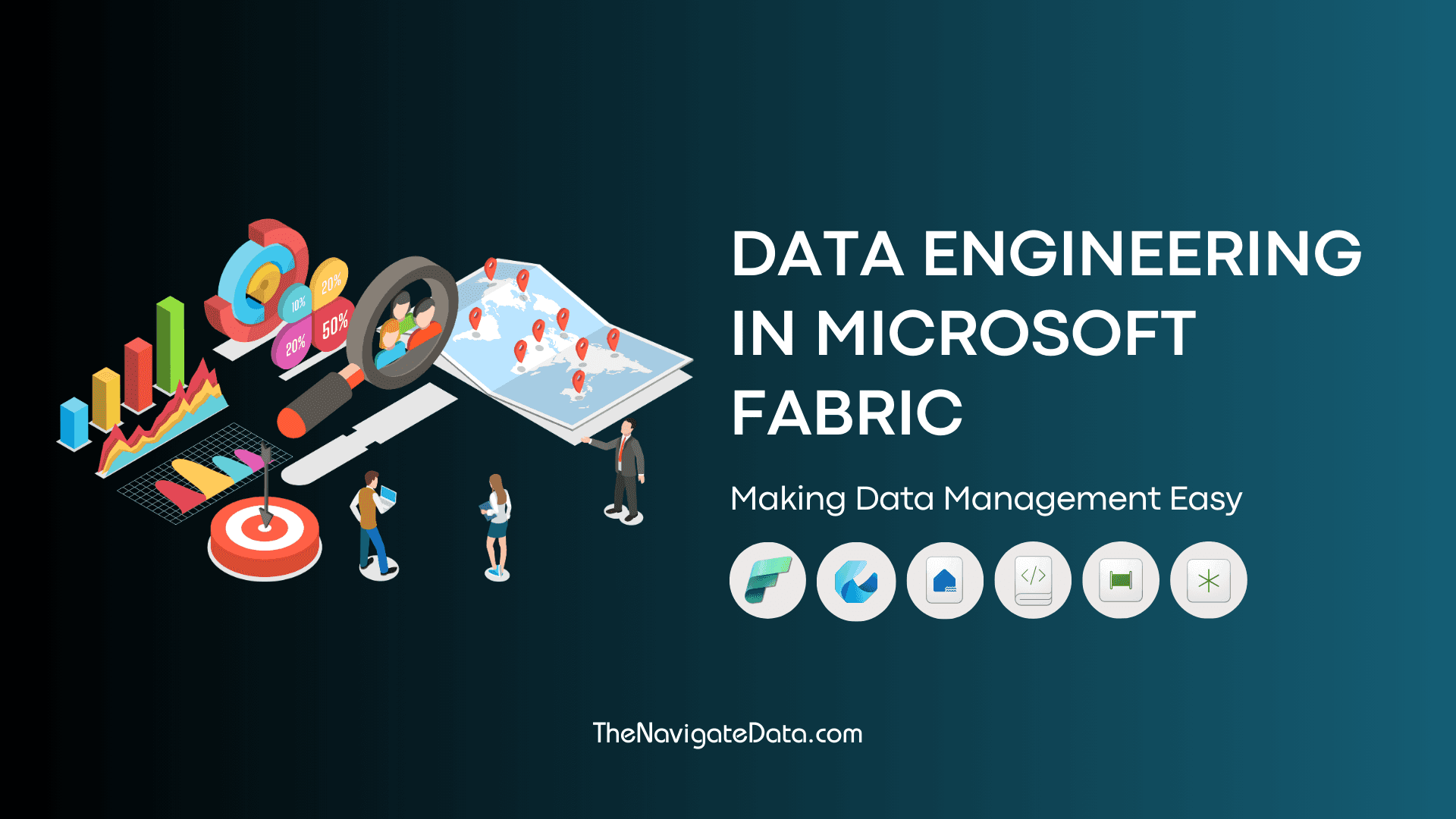
Data Engineering in Microsoft Fabric
What is Data Engineering? Think of data engineering as the plumbing of the data world. It's the process of collecting, storing, processing, and transforming raw data into meaningful information that businesses can use to make informed decisions. Data...
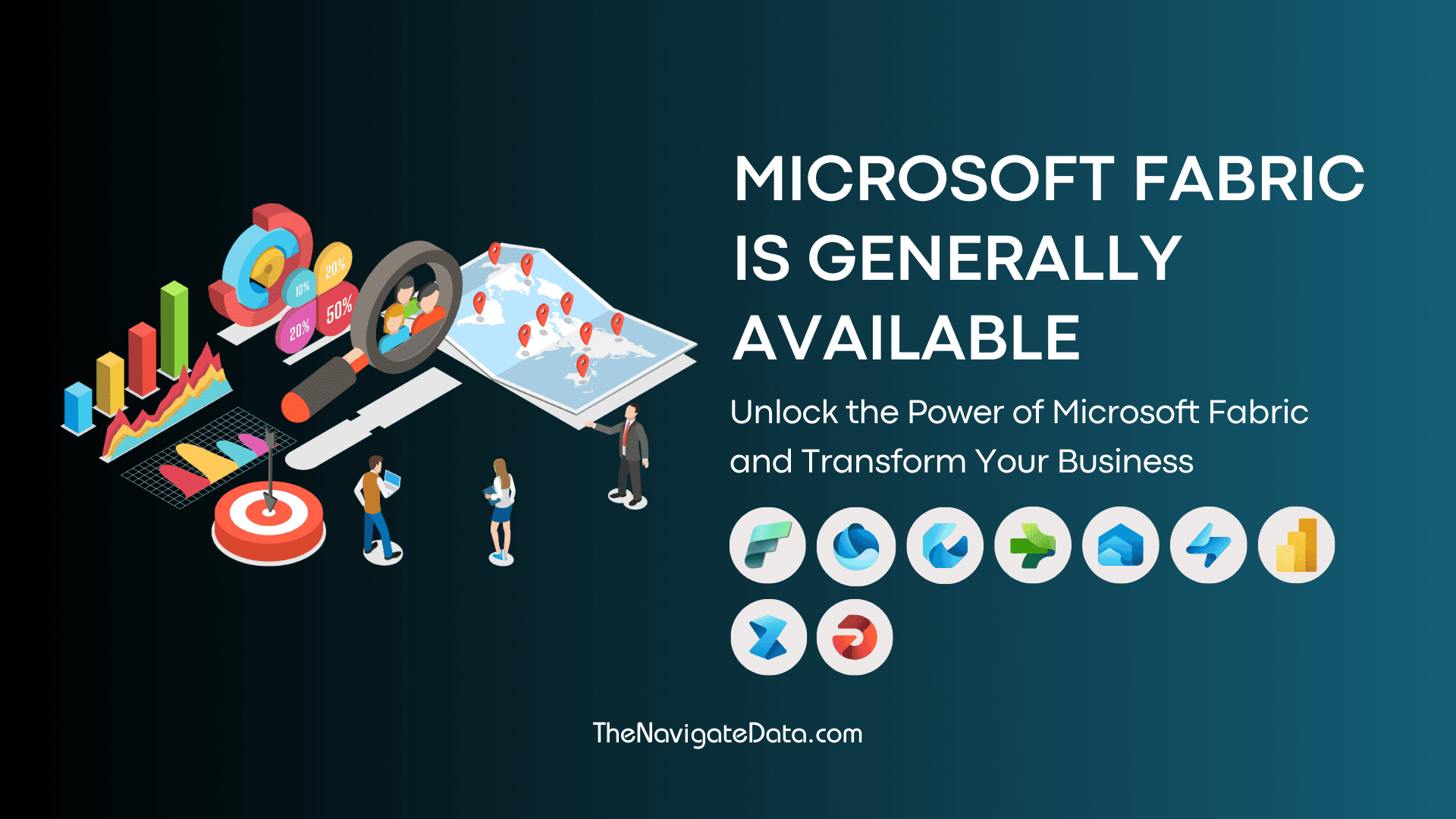
Microsoft Fabric is Generally Available
What is Microsoft Fabric? Microsoft Fabric is a one-stop data analytics tool for businesses that handles everything from collecting data to using it for real-time insights and making informed decisions. It combines data storage, processing, and analy...
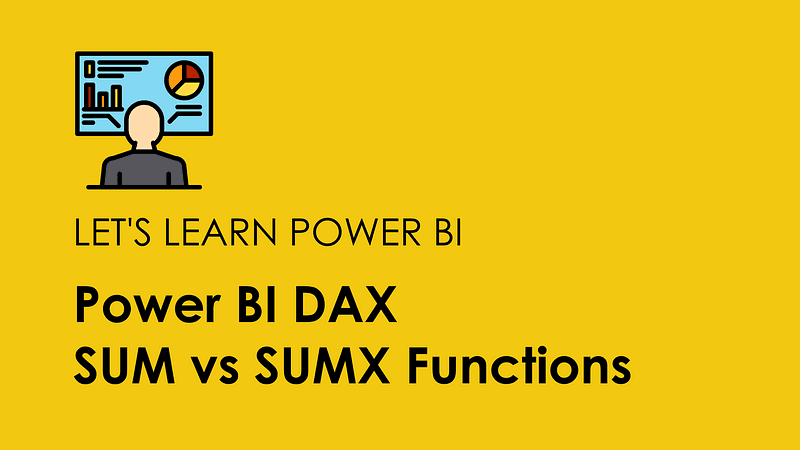
Power BI DAX — Let’s Understand the Difference Between SUM and SUMX
Welcome to my Power BI blog! I’m passionate about helping people learn and use Power BI to create powerful data visualizations and insights. I’ll be sharing tips, tutorials, and case studies on a variety of topics, such as Data modeling, DAX, Report ...
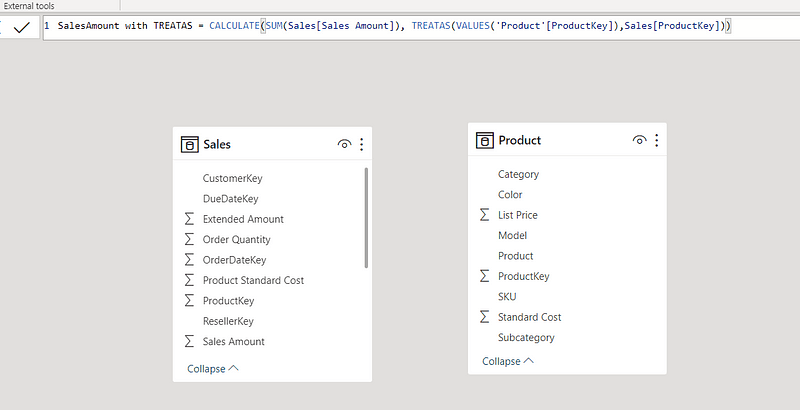
Learn How to Filter Data Across Unrelated Tables with TREATAS in Power BI DAX
In this blog post, I’m going to show you how to use the TREATAS function in DAX to filter data across tables without creating relationships. This is a very powerful and useful technique that can help you create dynamic and flexible reports with ease....
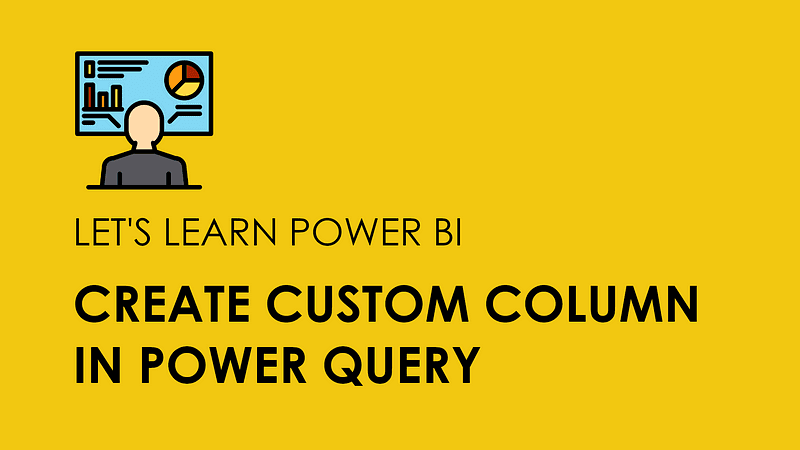
Mastering Custom Columns in Power Query
Hi there, welcome to my blog on Mastering Custom Columns in Power Query. In this post, I will show you how to unleash the power of data transformation by creating custom columns that can perform complex calculations, manipulate text, or extract infor...
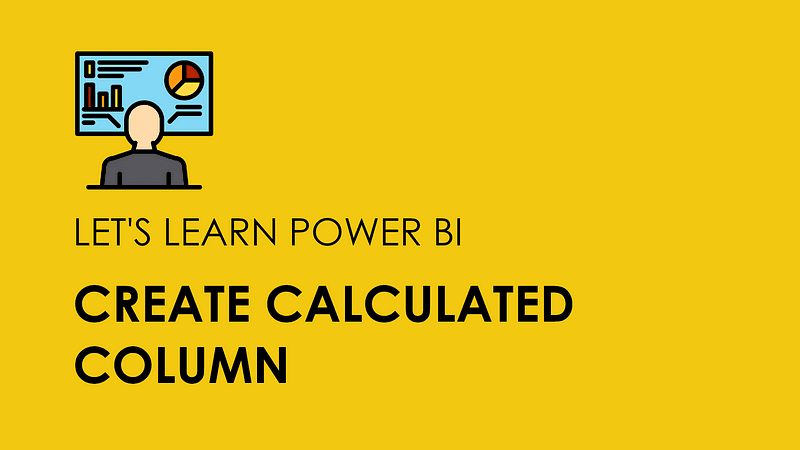
Calculated Columns in Power BI
In this blog post, I will show you how to use calculated columns in Power BI. Calculated columns are a type of calculated field that you can add to your tables in Power BI. They allow you to perform calculations on the values of other columns in the ...
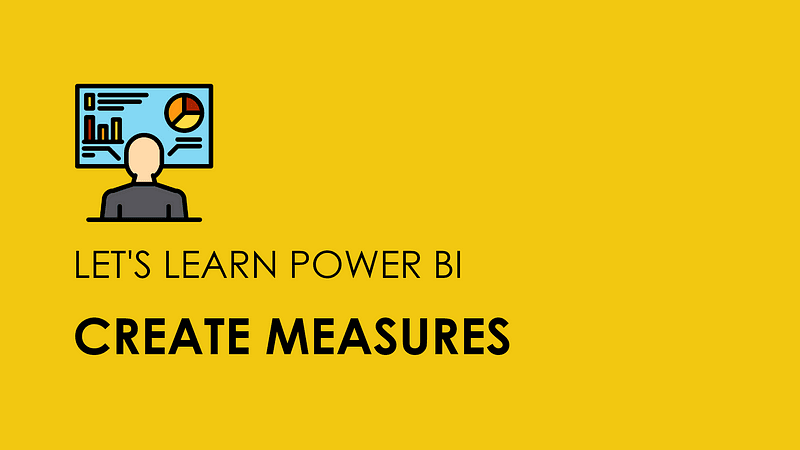
Explicit Measures in Power BI
In Power BI, Measures are calculations that you can create using DAX (Data Analysis Expressions) language, which is a formula language used in Power BI and other Microsoft tools such as SSAS and Excel. You can use measures to get new insights from yo...
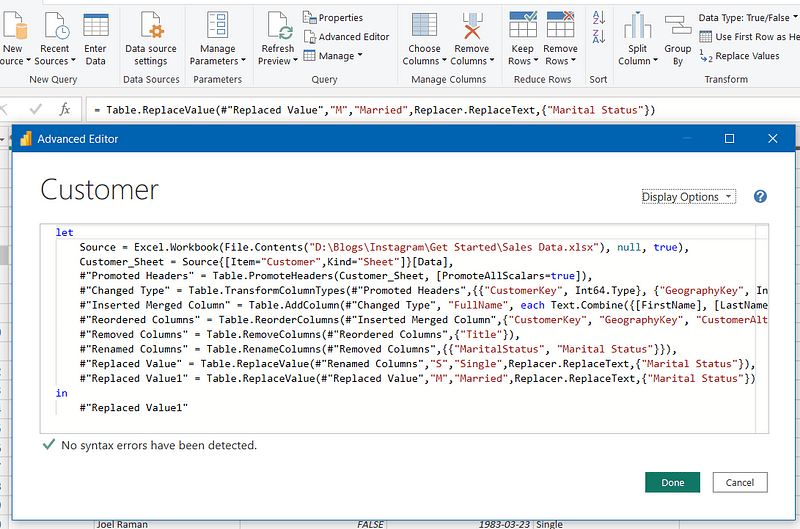
The Power of Power Query
Let’s talk about making your life easier while working with multiple data sources and cleaning raw data, which is often messy and unstructured. To make sense of this data, you need a tool to transform, clean and shape data into meaningful analysis. P...
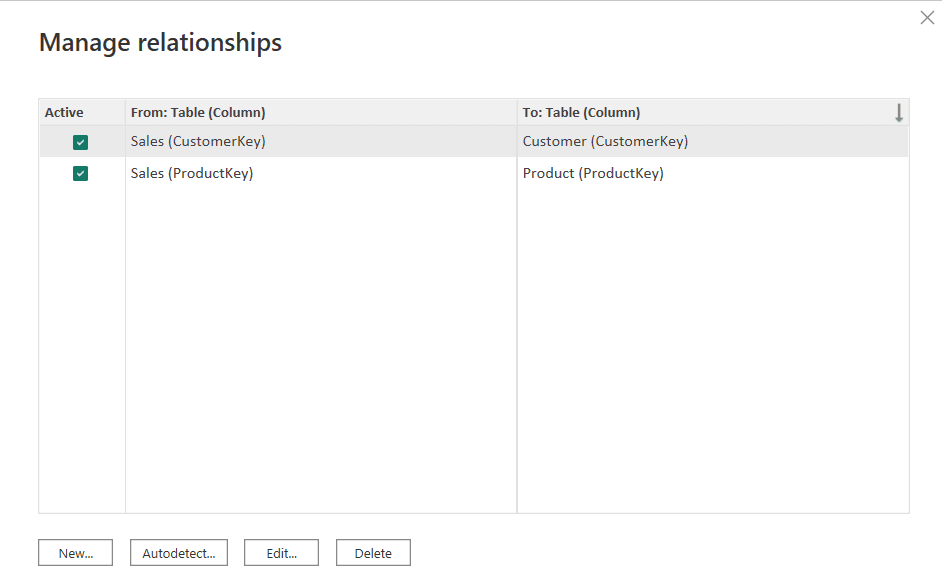
Power BI Table Relationships 101
If you are working with Power BI, you might have noticed it automatically detects the relationships between tables based on the field name, and data profiling. To build accurate and meaningful reports, it is essential to establish relationships betwe...

Power BI DAX’s RELATED vs RELATEDTABLE Function
Today, let’s talk about the RELATED and RELATEDTABLE functions. These functions are used to access data from related tables in your data model. If you have worked with any databases or BI tools, you must have created relationships between tables to f...